Summer is not only a season of sunshine and BBQs. It’s also the time of year for fresh, vibrant veggies to add a riot of color (and nutrients!) to your dishes. What’s that you say? You’re a seasoned chef? Perfect. You’re someone who just discovered that your stove has more than one setting? Also perfect! Summer veggies are for everyone and they’re easy to incorporate into our meals. Today, we’re gonna talk all things summer vegetables, their health benefits, what dishes they’re good for, and some tips on storing them.
Basic Summer Vegetables
Let’s talk green beans.
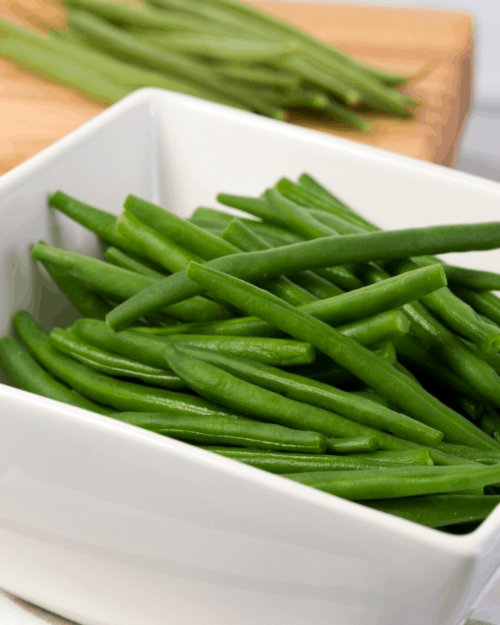
These crunchy little guys are wildly versatile and incredibly nutritious. They’re great for stir-fries, salads, or simply steamed with a little garlic and olive oil. AND, they’re at their peak during the summer months!
As for their benefits, green beans are rich in vitamins A, C, and K, and are a great source of fiber, which aids digestion and helps you maintain a healthy gut. They’re also low in calories and high in antioxidants, which work to reduce the risk of chronic diseases by fighting free radicals.
Next up, bell peppers.
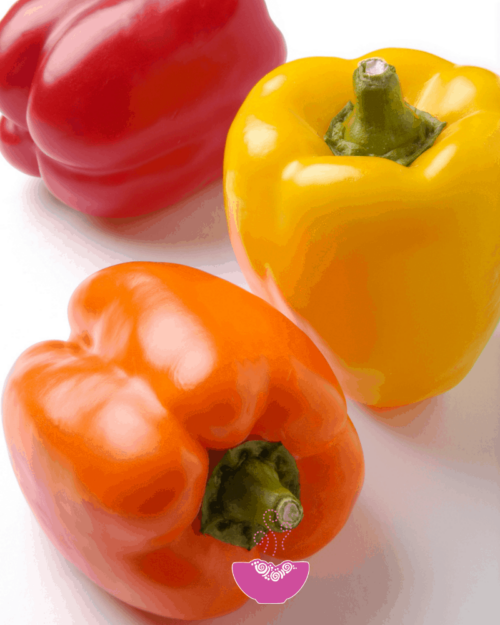
These bad boys of summer are found in a rainbow of colors, including green, red, yellow, and orange. They’re a little bit sweet, which makes them perfect for grilling, and deliciously crunchy, which also makes them great for salads. (We recommend pairing them with fresh basil and feta cheese for a vibrant, refreshing summer salad.)
Bell peppers come packed with vitamins, but particularly vitamin C! In fact, one medium-sized bell pepper contains more than 150% of the daily recommended dose of vitamin C. They also boast a good amount of vitamin A, which is great for eye health. You’ll also find a wealth of antioxidants in them, including beta-carotene and lycopene, which help to support immune function and reduce the risk of certain cancers.
But it’s not summer without sweet corn!

Talk about versatility. You can grill it, boil it, turn it into a creamy corn salad, whatever you like! Fresh picked corn is really where it’s at because it only retains its sweetness for so long, so try to buy it from your local farmers’ market. Look for bright green husks and plump kernels for the best flavor.
Sweet corn is a great source of fiber to help the “flow” of your digestive tract, and it can help lower cholesterol levels. It’s also got B-complex vitamins (including folic acid), which help your body to produce energy and encourage brain health. Sweet corn also contains antioxidants such as lutein and zeaxanthin, which are beneficial to the health of your eyes and protect against age-related macular degeneration.
Summer Squash and Potatoes
Summer squash includes both yellow squash and zucchini, and it’s a summer veggie you’ll want to take advantage of this season.
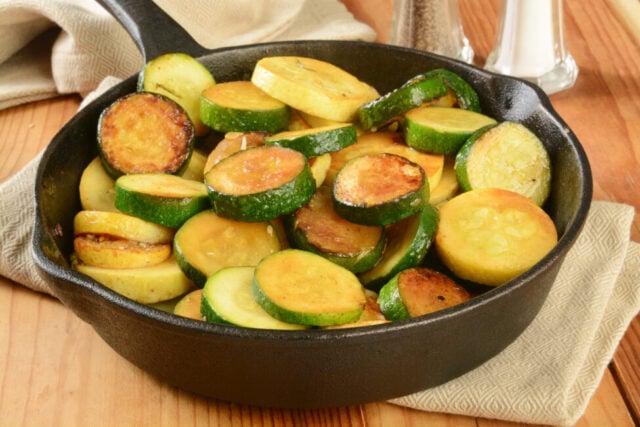
They’re perfect for everything from sautéing to grilling to roasting to baking. You can stuff them, make them into zoodles, add them to pizza, make them into a salad, or go full ratatouille.
When it comes to body benefits, summer squash is rich in vitamins A and C, which help to maintain healthy skin and an effective immune system. It also promotes digestive health with its wealth of dietary fiber and helps to regulate blood sugar levels. Want another reason to love summer squash? It’s high in water content, which means it’s perfect for staying hydrated during the warmer months.
Speaking of squash, have you ever tried bottle gourd?

Also known as calabash, this versatile vegetable features a unique flavor and can be used in soups, stews, and even desserts.
Its high in water content to help hydration, and is a great source of vitamin C and antioxidants to boost your immune system and reduce inflammation. Like summer squash, it’s also low in calories and rich in dietary fiber to aid in digestion and support weight loss.
Have you heard of new potatoes?

They’re small, tender spuds that are best enjoyed right after being freshly harvested. Due to their thin skins and creamy insides, they’re perfect for roasting, boiling, or even grilling, and make a mean summer side dish.
New potatoes are big in vitamin C to promote immune health and collagen production. They also provide you with potassium to regulate blood pressure, and are high in dietary fiber to help you keep your blood sugar levels steady.
One of our absolute favorites… summer is the season for sweet potatoes!

While they might be available year-round, they REALLY hit their stride in late summer. They are versatile veggies and can be roasted, mashed, or turned into fries. They also make a great addition to soups, stews, and casseroles. If you want to go sweet, try baking them into pies, muffins, or even cookies!
Sweet potatoes are packed with a ton of essential nutrients like vitamin A, which is important for vision, immune function, and skin health. They also feature LOTS of vitamin C and manganese, both of which are crucial for bone health and metabolism. And, of course, they’re high in dietary fiber and antioxidant rich, especially when it comes to beta-carotene, which helps combat inflammation and protects against chronic diseases.
Looking for a Different Kind of Summer Heat?
If you’re someone who loves a little spice in the summer, you can’t go wrong with hot peppers.

That’s right, the hot summer heat energizes our spicy, colorful little friends, from jalapeños to habaneros. And you can use them in salsas, marinades, and sauces to boost flavor or add a spicy twist. They’re great for grilling, you can add them to stir-fries, or incorporate them into spicy soups and stews. You can even use them to infuse oils or create zesty pickles!
Health-wise, hot peppers are rich in capsaicin, which boosts metabolism, reduces pain and inflammation, and supports heart health. They also have a ton of vitamins A and C, which strengthen the immune system and help to maintain healthy skin and eyes.
Wanna Keep It Cool?
Let’s face it. On those scorching summer days, we all need something a little more refreshing. Veggies like cucumber provide a cooling effect that’s perfect for this time of year.
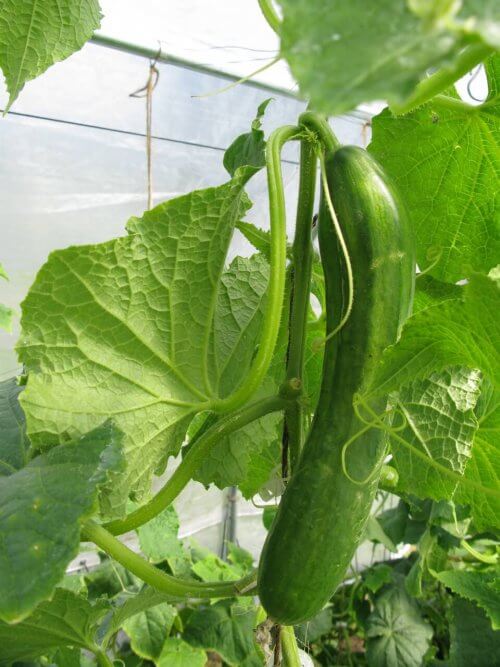
Cucumbers are perfect for giving a little crunch to your salads, sandwiches, or wraps. They can also be sliced and added to water for an even more refreshing drink, or blended into smoothies to aid in hydration. They’re also great in dips like tzatziki or eaten on their own. Enjoy them with lemon juice, Tajin, a little hot sauce, or all 3 combined!
Like we mentioned, cucumbers are high in water, so they help to you hydrated and promote healthy skin. They super low in calories, but high in vitamin K, which is important for bone health and proper blood clotting. As a bonus, they contain antioxidants like beta-carotene, which helps fight inflammation and protects against many chronic diseases.
Bitter gourd, also known as bitter melon, is kind of an acquired taste, but it can be used in lots of different dishes like stir-fries, curries, and soups. It’s also delicious when stuffed with spices and herbs as a main dish or juiced for a health tonic.

Despite its bitter taste, its main appeal is its health benefits. Bitter gourd is rich in vitamins C and A to boost your immune function and skin health. As well, it contains compounds that help regulate blood sugar levels, so it’s especially good for those with diabetes, boasts anti-inflammatory properties, and has been known to support liver health and digestion. Talk about beneficial!
When to Buy What
Timing is everything when it comes to getting summer veggies at their peak. Here’s a quick summer guide to help you out:
- Early summer: New potatoes.
- Mid to late summer: Summer squash, cucumbers, and green beans.
- Late summer to early fall: Eggplant, corn, sweet potatoes, and sweet peppers. (Tomatoes as well, which are technically a summer fruit.)
Tips for Storing and Using Summer Vegetables
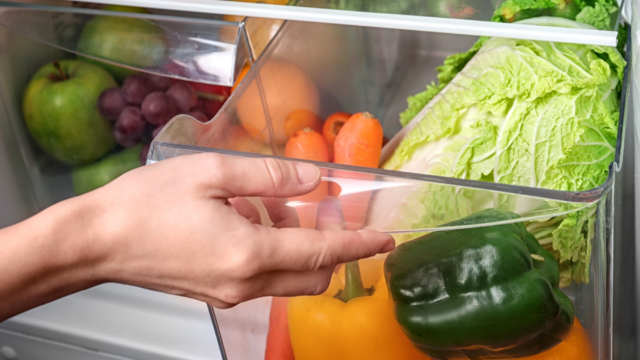
Storage is the secret to making the most of your summer veggies. Most summer vegetables do well at room temperature for a day or two, but if you plan to keep them longer than that, store them in a cool place like the refrigerator. For instance, tomatoes should ripen at room temp, then be moved to the fridge to maximize their shelf life.
When it comes to using summer vegetables before they go bad, here are a few ideas:
- Grill ’em up!: Summer veggies like bell peppers, zucchini, and corn are great for grilling. High heat really brings out their natural sweetness and gives them a nice smoky flavor.
- Toss them into salads: Fresh, crunchy salads are a prime way to enjoy the more raw flavor of summer veggies and get the most out of their nutrients, especially when it comes to cucumber and green beans.
- Make a veggie platter: When you wanna communicate to your guests that you care about their health, veggie platters are the way to go. Pair them with a dip made from Greek yogurt, lime juice, and herbs to really make a statement.
- Roast them: Roasting brings out the natural sweetness of carrots, sweet potatoes, and new potatoes. Want to make them real flavorful? Toss them with olive oil, salt, and some of your favorite herbs, and then roast until tender and golden!
Don’t Forget to Support Your Local Farmers
Perhaps the best way to enjoy summer produce is to buy them from local farmers’ markets. By doing this, you support local agriculture, and get the freshest produce possible. Farmers’ market produce generally travels a shorter distance to get to you, so it’s often fresher and tastier. It’s a win-win for everyone!
Time to Summer Veg Out!
We hope you enjoyed this ultimate guide to summer veggies.
What’s your favorite summer veggie and how do you like to prepare it? We’d love to hear all your summer veggie tips and tricks, and how you spot and get the best produce, so be sure to leave a comment below!
The post The Ultimate Seasonal Guide to Summer Vegetables appeared first on Steamy Kitchen Recipes Giveaways.
from Steamy Kitchen Recipes Giveaways https://ift.tt/KAvZ5Li
via New Kitchen Special
No comments:
Post a Comment